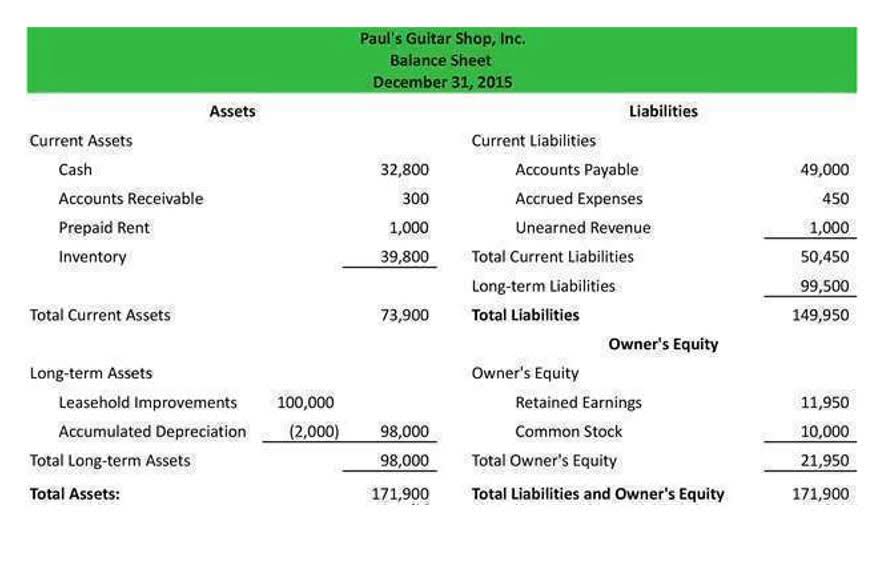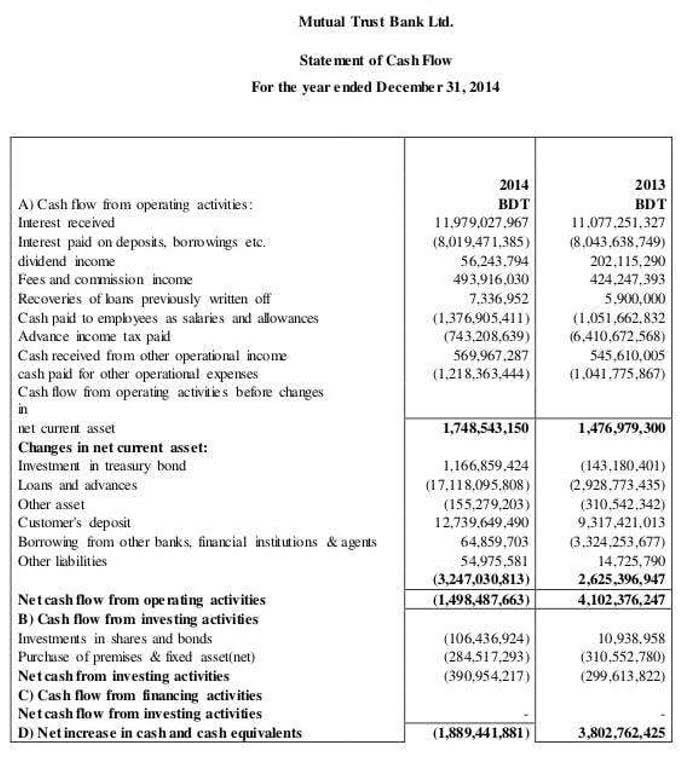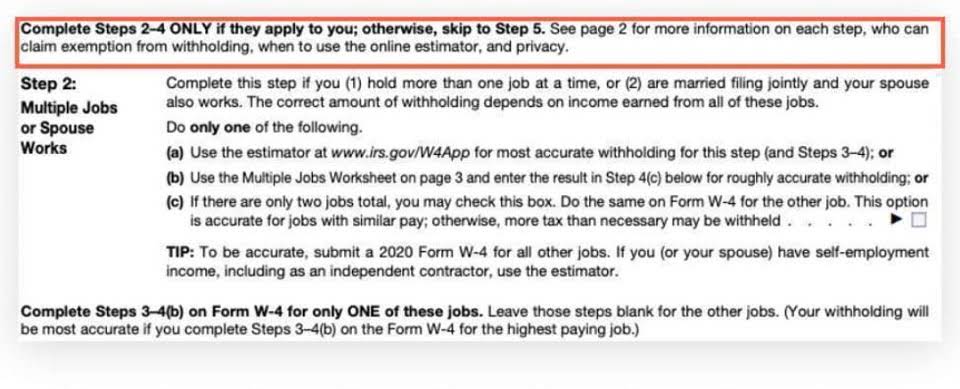
There are multiple ways to quickly import your invoices into BILL and create an e-BILL. To help with the standardization and security of electronic billing, there is a general set of industry standards for coding electronic bills. These standards are set by the National Electronic Payments Association, or NACHA. NACHA determines the accepted format in which electronic bills can be generated and transmitted. Whether you’re a small business or a global enterprise, transitioning to electronic Bills of Lading will revolutionize the way you manage shipments.
Q1. How to set up electronic billing?

At the same time, your customers will be notified via email legal e-billing about your invoice and the payment they automatically made to your business. For instance, a subscription-based company charges customers for its services every month. That means each month, that company can send an electronic bill (eBill) to a customer breaking down the month’s charges and offering the ability to pay online. However, most systems are designed to be intuitive and easy to set up, with guided workflows to simplify the transition. Switching to an electronic billing solution provides numerous benefits for organizations of all sizes. In a B2B context, e-billing concerns the delivery of electronic invoices which have specific details such as payment timeframe, tax information, PO number, and itemised deliverables.

Portal

This option for payment is excellent since it allows bill delivery and payment to take place online. So not only are you cutting the costs, but you’re also improving overall petty cash efficiency. If this sounds like something that your business can benefit from, that’s because it is and you’re about to know why. In this article, you will learn more about eBilling and why it may be a good fit for any business with recurring billing. EBilling is most profitable for merchants that send recurring bills to clients. Instead of bothering with paper bills and snail mail, the utility company can send an eBill.

Data Sheets
- Although they settled for an undisclosed amount, there are numerous reports J.Lo shelled out $14 million.
- It is essential that the eBilling software is compatible with the ERP and that the integration is smooth to maintain data and process consistency.
- The companies that include a QR payment code will have an even easier time getting customers to pay on time.
- While eBilling utilizes built-in payment options, eInvoicing is a simplified version of this process.
- There are multiple ways to quickly import your invoices into BILL and create an e-BILL.
Additionally, bank-aggregators may offer features like bill payment virtual accountant scheduling and reminders. E-bills, or electronic bills, are paperless bills delivered via the internet, presented on a website, in an e-mail or as an electronic document such as a PDF file. An e-bill gives customers the ability to review billing details before sending payment. The benefits of electronic billing are optimized when used with an add-on AP automation and payments system integrated with the ERP or accounting software. Traditional billing and payment methods relied heavily on paper and checks. This process made organization a difficult task with no clear system of record (SOR).
What Is an eBill?
- Customers do not need to sign in to pay through the AT&T payment portal, app, or website.
- While there may be upfront costs, electronic billing systems typically lead to long-term cost savings by reducing administrative time, printing costs, and errors.
- VeriFactu represents an important step in the modernization of the Spanish tax system, ensuring that all companies use billing tools that offer maximum transparency and security.
- It will allow the clients to speed up the payment process and accomplish the payment online.
- These regulations establish the technical and legal requirements to ensure the validity of electronic invoices and their acceptance by tax authorities.
It will allow the clients to speed up the payment process and accomplish the payment online. Switching to an electronic billing system is one of the smartest decisions your organization can make. Regpack offers the ideal solution with features that simplify your billing process, reduce administrative work, and provide a better experience for your participants or clients. Although e-billing and e-invoicing are sometimes used interchangeably, electronic invoicing is more frequently used to describe a specific aspect of the billing process in a B2B context.
Electronic delivery is found to be more flexible and accurate for delivering invoices to clients in the format they prefer. By establishing a direct link between an electronic billing system, accounting software, and ERP systems, human error is eliminated from the process. Therefore, you should make sure the software is scalable and will function properly even when you have to produce several invoices and bills each day when picking your perfect invoicing and billing software. E-billing delivers an opportunity for B2B companies to improve invoicing processes, boosting efficiency, cutting costs and offering more convenient options for customers. E-billing adds efficiency to multiple business units, ranging from accounting to customer service.

Aggregator or credit card dashboard
- Electronic billing systems are computer system that helps in generating and delivering invoices, as well as accepting customer payments.
- If customers and employees both know how to safely use the new e-billing system, then potential issues are a lot less likely.
- Billing systems must guarantee the integrity, accessibility, readability, and preservation of data throughout the period required by tax regulations.
- An electronic billing system, or e-billing system, processes online payments as electronic bills and payment submissions.
- This requirement aims to prevent technological monopolies and facilitate access to eBilling for all companies, especially smaller ones.
Electronic data interchange, or EDI, is a more complex e-billing system that involves the direct exchange of data between businesses. With EDI, businesses can send invoices and purchase orders electronically, eliminating the need for paper-based transactions. This system is particularly useful for businesses that have large volumes of transactions or need to integrate with other electronic systems. E-Bills are a widely preferred billing method for businesses nowadays because of the convenience they offer.